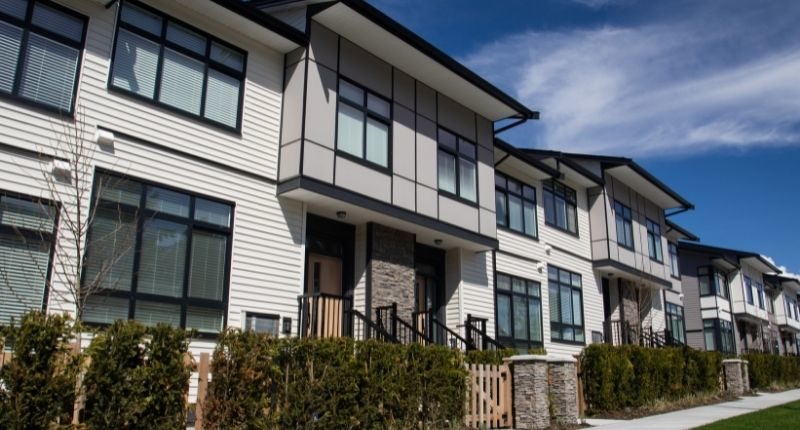- Demand for new detached home construction has remained strong because of economic lockdowns
- Sales for detached homes since the end of HomeBuilder are the strongest they have been since 2017
- Affordability constraints turning buyers to detached housing
The demand for new detached home construction will remain strong throughout 2022, according to the Housing Industry Association’s (HIA) Outlook Report.
HIA chief economist Tim Reardon said, “Demand for new detached home construction has remained strong because of economic lockdowns.
“There has been a clear shift towards lower density housing during the pandemic and this trend does not appear to show signs of slowing.
“This shift is not just those in units moving to detached housing but includes a shift to fewer people per household.
As a result, we have seen a significant change in the volume, type, and location of new homes.”
HIA chief economist Tim Reardon
Construction boom
Sales for detached homes since the end of the HomeBuilder scheme (April 2021 – October 2021) are the strongest they have been since 2017 when over 115,000 detached homes commenced construction, said Mr Reardon.
This current boom in residential construction of detached homes suggests it will be sustained throughout 2022.
Mr Reardon said, “The full impact of the loss of migration is yet to fully impact demand for detached housing and a rise in interest rates will mark the end of this COVID-19 building boom.
“The shift to lower density is also the likely driver of recent demand for multi-units. Approvals for multi-units were 34.3% higher in the September 2021 quarter than the same quarter a year earlier. This is also being driven by both medium density housing and high-rise apartments.”
The industry will be constrained by the availability of land, labour, and materials next year, according to the report.
Affordability
Mr Reardon said, “Over the year to September, the price of skilled trades increased by 5.2%, while the price of materials as measured by the ABS increased by 0.8%. The price of residential land increased by 8.5% in the 2020/2021 financial year. This has led to an increase in the cost of a new house and land package.”
With affordability constraints putting pressure on households and first home-buyers, they are more likely to turn back to townhouses and apartments.
Mr Reardon said, “These cost increases have not led to constraints on access to finance, as the cost of an established home has increased significantly faster.”








